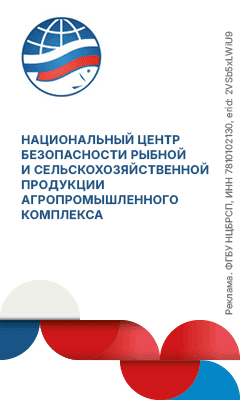“It’s raw milk prices that rise. The purchase price from agricultural businesses (excluding VAT) differ, depending on the region, and the range can be rather wide, with 30-35 variation, 35-40 or even more than 40 rubles per kg,” said the Head of the Union. She noted that increase in purchase prices affects the end prices for finished dairy products.
“The costs for feed, fuels, lubricants, electricity - the major items of expenditure - have risen considerably. The prices for packaging are also increasing, the ruble is devaluing,” stressed Lyudmila Manitskaya.
She pointed out the growth of transportation rates. “Starting from February 1, the “Platon” system raised flatbed rates. Vehicles having a maximum mass exceeding 12 tonnes will pay 2,54 rubles per km (instead of 2,34 rubles per km),” specified the speaker.
Besides that, energy prices are rising. Since 2015, the rates have increased by almost 30%. “Let’s keep in mind that electricity rate is three times higher for a farmer than for some industrial enterprise located in the same area,” noted the Head of the Union.
The global feed additives crisis is another factor mentioned by Lyudmila Manitskaya. “Most feed additives are manufactured in China, which has seen significant production cuts. Lysine, choline chloride, gluten shortages and rising costs are observed. Methionine of European origin has increased in price by 40% over the past 1,5 years. The prices for vitamins have also risen significantly,” she said.
She also claimed the situation in the feed proteins market to be similar: prices for feed protein increased by 35,5 % over 9 months of 2021, costs of feed mixtures and concentrates rose by 56%. “The compound cattle feed itself added 13,4% in 2020 and another 25% in 2021,” specified Lyudmila Manitskaya.
She then underlined that dairy industry is highly dependent on the growing prices for imported equipment, spare parts and packaging, so dairy producers are currently being in search for substitutes.









